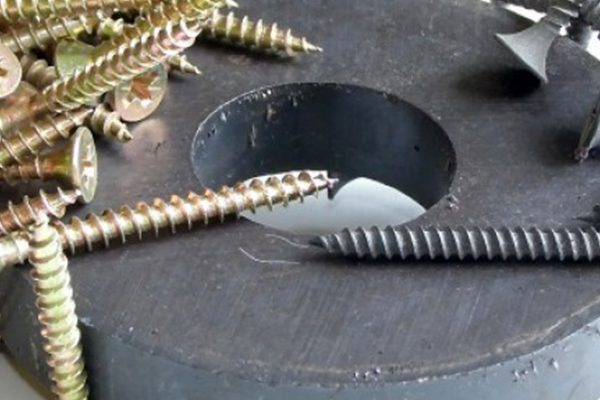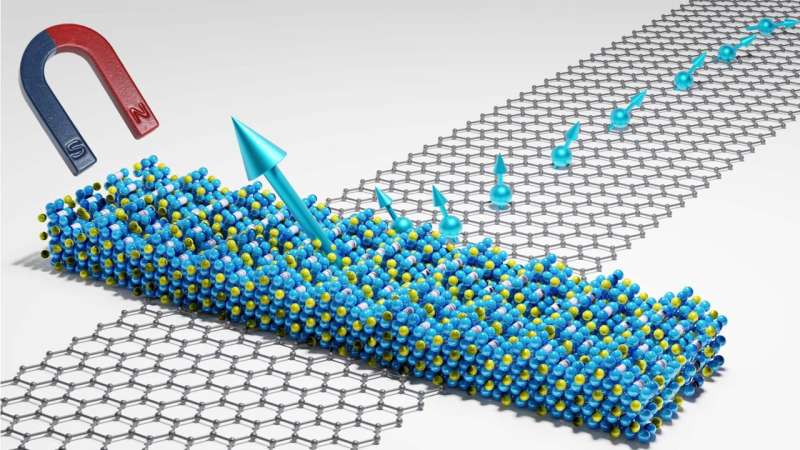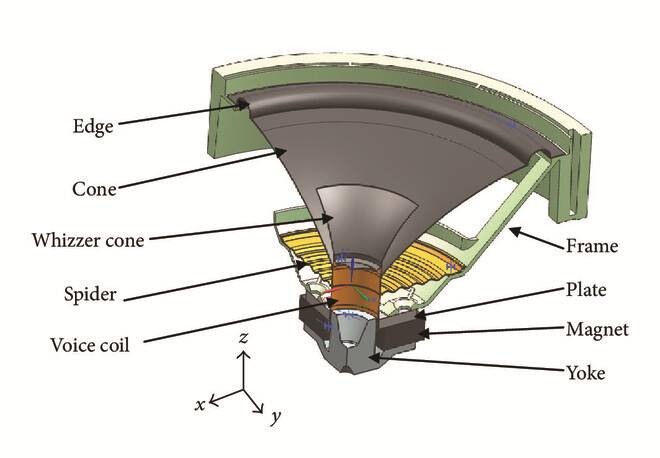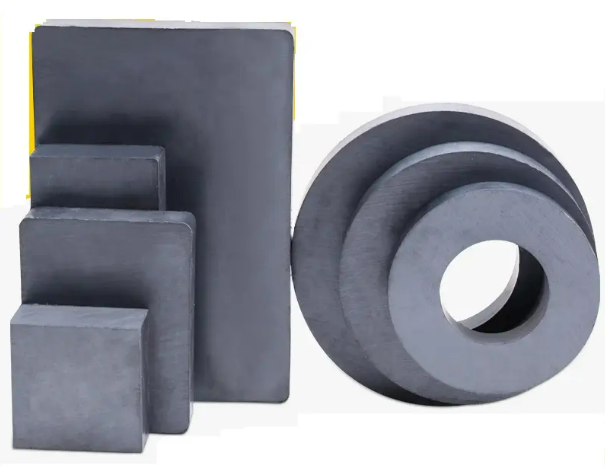Top 14 Uses for Ceramic Magnets
Ceramic magnets, also called ferrite magnets, are permanent magnets mainly made of SrO or BaO and Fe2O3. Compared with other permanent magnets, such as neodymium magnets, alnico magnets, and SmCo magnets, ceramic magnets have lower magnetic energy. But they are not easy to demagnetize or corrode, and their production process is simple and their price is low. Therefore, ceramic magnets have the highest output in the entire magnet industry and are widely used in industrial production. So in this article, let's take a look at the top 14 uses for ceramic magnets.

Uses for Ceramic Magnets
Top 14 Uses for Ceramic Magnets
- Fridge magnets and novelty items
- Loudspeakers
- Security systems
- Pot magnets
- Very large plate magnets to remove ferrous contamination from processing lines
- Motors, generators, and alternators
- Medical instruments
- Lifting magnets
- Sea searcher magnets
- Eddy current devices
- Brakes
- Clamps
- Switches and relays
- Sweeper magnets
Further Information Regarding Ceramic Magnets
The difference between ceramic magnets and NdFeB magnets:
- Appearance The ceramic magnet is loose in texture and has no metallic luster. It is generally not electroplated and is usually black. The NdFeB magnet is electroplated. Otherwise, it is easy to rust. Therefore, its surface has a silver-white metallic luster.
- Magnetic Force The magnetic force of ceramic magnets is usually 800-1000 Gauss, and the density is 5 (g/cm3). The magnetic force of the NdFeB magnet can reach about 3500 Gauss and the density is 7.5 (g/cm3).
- Performance The ceramic magnet has good temperature resistance and stability, and its price is also cheap. In contrast, the temperature resistance of an ordinary NdFeB magnet is only 80 degrees. Neodymium magnets have the characteristics of small size, lightweight, and strong magnetism, and their magnetism is not at the same level as ceramic magnets.
- Price Ceramic magnets are usually cheap. In many cases, ceramic magnets are calculated on a piece-by-piece basis, and the price is affected by their shape, size, and processing difficulty while the price of NdFeB magnets changes almost every day, depending on the grade and special requirements you need to use.
- Pros and Cons Pros of Ceramic Magnets: The pros of ceramic magnets are high permeability, low price, super temperature resistance, and suitable for low-frequency occasions! Cons of Ceramic Magnets: Weak magnetism. Pros of NdFeB Magnets: Strong magnetic force, high-cost performance, a wide range of uses, and good mechanical properties. Cons of NdFeB Magnets: Poor temperature characteristics and easy to break.
Conclusion
Thank you for reading our article and we hope it can help you to have a better understanding of the uses for ceramic magnets. If you want to learn more about ceramic magnets or other types of magnets, we would like to advise you to visit Stanford Magnets for more information. As a leading magnet supplier across the world, Stanford Magnets has been involved in R&D, manufacturing, and sales of magnets since the 1990s. It provides customers with high-quality permanent magnets like SmCo magnets, neodymium magnets, AlNiCo magnets, and ferrite magnets (ceramic magnets) at a very competitive price.















